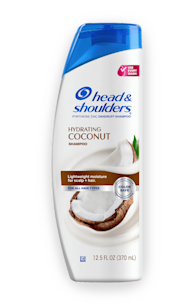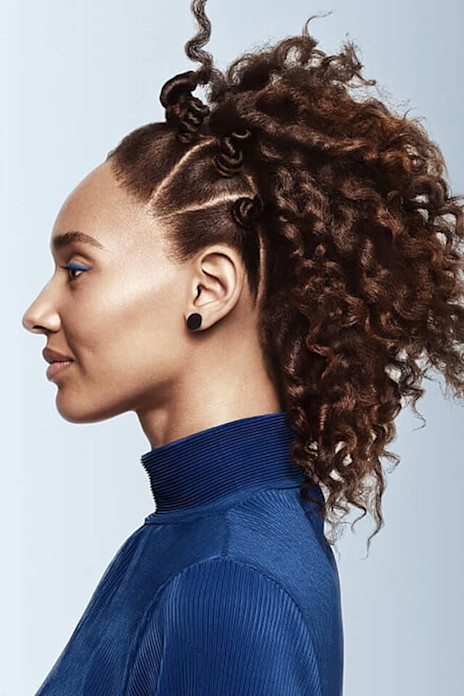RELAXERS – HOW DO THEY WORK?

Hair relaxers are designed to straighten out extremely curly or coiled hair, leaving you with lovely salon-straight locks. Find out more with our guide.
Hair relaxers can be a great tool for people with extremely curly or coiled hair to get straighter locks. For them, often an electrical straightener is simply not enough.
Luckily, modern cosmetic science has the answer: chemical relaxers can straighten out the most stubborn curls.
But how do they work, and what are the consequences of using them?
The ins-and-outs of hair relaxers
Hair relaxers use chemicals to straighten hair by breaking the di-sulfide bonds found in the cortex layer of hair and re-forming them while hair is being held in a straight pattern.
The cortex is the layer under your cuticle. It’s made up of twisted ‘cables’ of protein, and it’s this layer on which hair relaxers work.
The most commonly used chemicals in relaxers are sodium hydroxide, ammonium thioglycolate, and sodium thiglycolate.
The problem with hair relaxers
The main problem with hair relaxers is that in order to straighten very curly hair, you need a strong chemical mixture that’s able to break down the cortex layer and change the texture of the hair.
In order to do this, these chemicals also have to be able to penetrate through the outer layer of cuticles protecting your hair.
The strength of these chemicals means that they can cause a host of problems including:
Hair dryness
Hair brittleness and breakage
Hair thinning
You also must be extremely careful to prevent scalp irritation, since the three main chemicals are all notorious skin irritants.
Symptoms can include:
Stinging and discomfort
Skin redness and irritation
Temporary skin whiteness
Chemical burns




